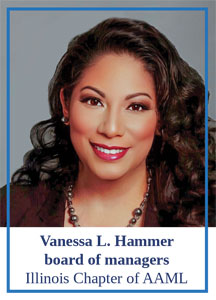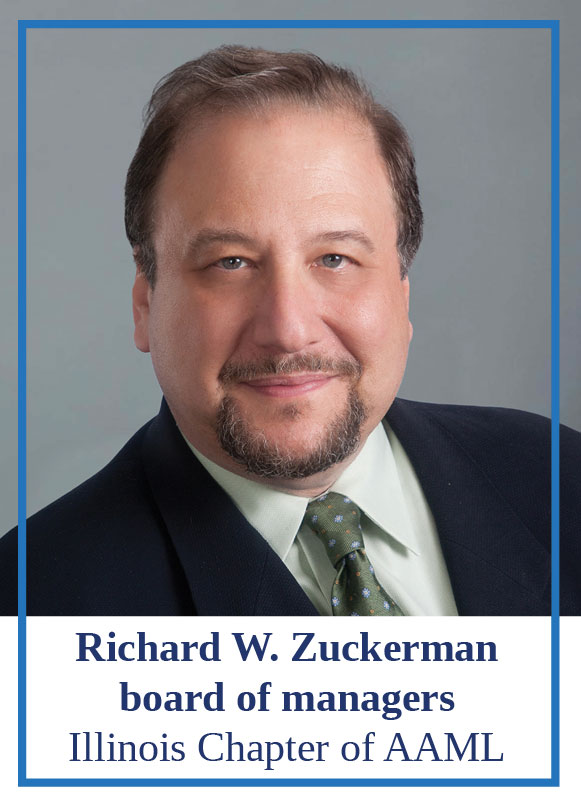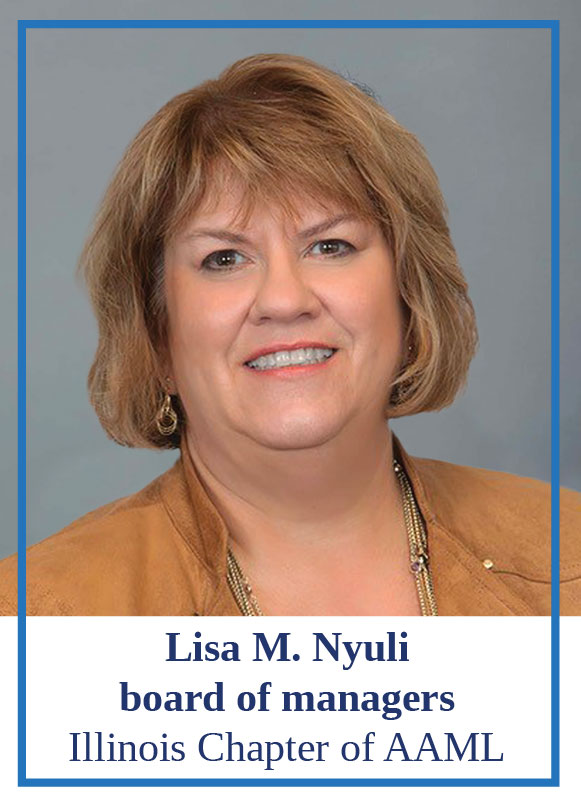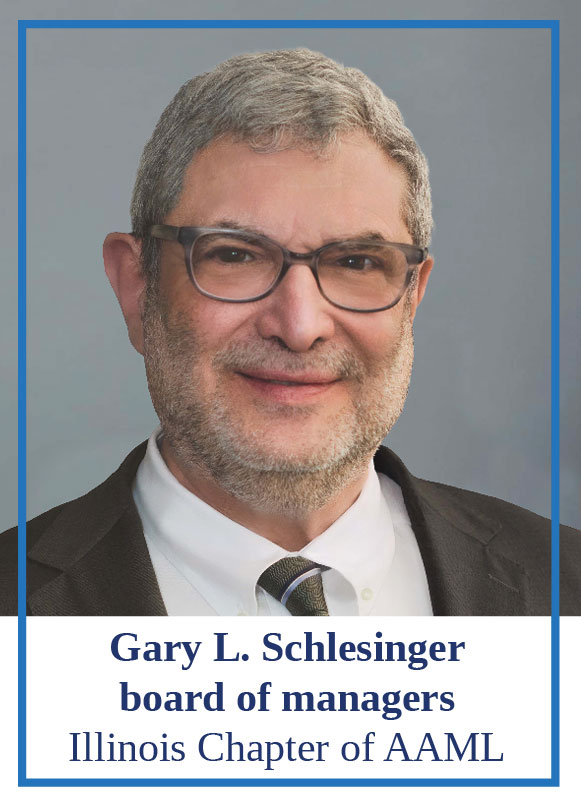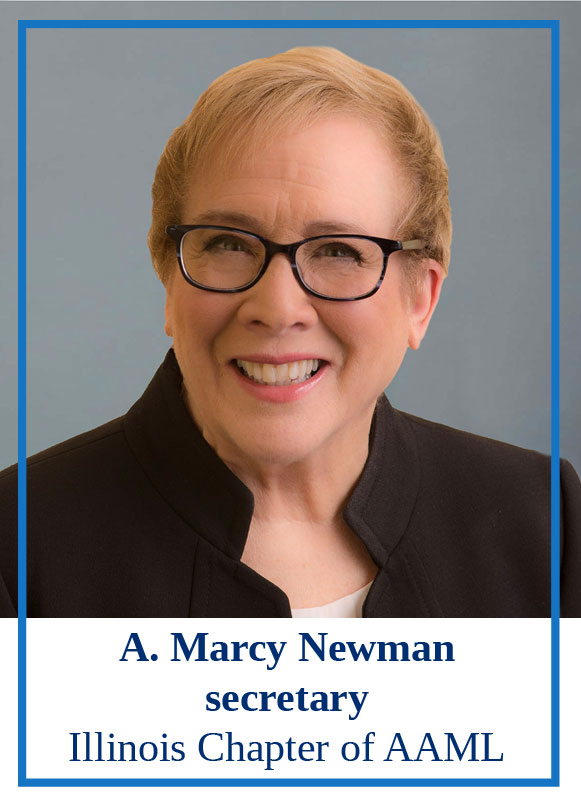In international family law, the Hague Convention helps navigate the course
Illinois Fellow
American Academy of Matrimonial Lawyers
September 2022

I practice family law in Illinois. So why would a potential client call me from Ecuador?
He phoned because his wife had fled from Quito with their two children in the middle of the night and, after paying off guards at the Ecuador-Colombia border, smuggled them into Chicago.
It's hardly a situation that family law practitioners handle on a regular basis. But when we do receive a frantic international call, we need to know the right questions to ask when advising a prospective client, starting with: Is this a Hague Convention1 case?
The Hague Convention ensures the prompt return of a child who has been wrongfully removed from a contracting state and dictates that rights of custody be exercised between all participating nations. It is part of the Hague Conference on Private International Law (HCCH). As of 2022, the HCCH counted 90 countries among its signees, as well as another 65 "connected parties" that operate in agreement with HCCH practices.
To determine if the Hague Convention comes into play, ask: Was the child removed from one of the Hague Convention's signatory countries?
If not, the conversation ends there; the Hague Convention would not apply. In this case, Ecuador had signed the Convention.
Then, continue with:
Were the children wrongfully removed? To determine that, we need to know what constitutes a wrongful removal under the Convention.2
Ecuadorian law requires either the consent of both parents or a Court order before the removal of minor children. The children for my case had both Ecuadorian passports—held by their father, an Ecuadorian citizen—and U.S. passports—;held by their mother, a U.S. citizen now living in Ecuador.
But because the mother had failed to get her children's U.S. passports stamped when they crossed the border from Ecuador into Colombia, we could argue that the children's mother had indeed wrongfully removed them.
We also provided the court with text messages showing that when the father asked to speak with their children, the mother refused, falsely claiming they were sick. When the father finally went to check on his two children, they and his wife were gone.
Having determined that the Hague Convention applies, we can drill down further: Does the potential client have visitation rights or actual custodial rights?3 And are the children "habitual residents" of the nations from which they were taken?4
So far, so good. The father indeed had custody rights under the Convention; and the children only had resided in Ecuador, confirmed by their school attendance records and doctors' appointments there. They unquestionably were "habitual residents" of Ecuador; and both were under 16, a further requirement for the Hague Convention to come into play.
One final consideration remained: How long have the wrongfully removed children resided in Illinois?
In this case, we filed for the children's return within three months of their removal from Ecuado—well within the one-year limit set by the Convention.5
In the U.S., Hague Convention cases can be filed in state or federal court; the choice usually comes down to docket traffic and deadlines. With all our ducks in a row, we made the decision to file in federal court, which redirected us to Illinois state court. Faced with lengthy delays there and in the best interests of the children, all parties chose to resolve the case out of court.
The father chose to move to the U.S. and enjoys co-parenting time with his kids. His decision was based on his belief that the children needed to have both parents nearby—complicated by the fact his wife's actions in wrongfully removing the children could subject her to criminal charges, and would deter her from ever travelling to Ecuador. Although he had a strong case to bring the children back to Ecuador, the father instead opted to serve the best interests of his offspring.
While this case did not go to trial, it provides a primer on how the Hague Convention works. In Illinois, family law practitioners' clients can extend significantly beyond the state line—or even the U.S. borders. As it turns out, future clients can live anywhere, even internationally. But you do have to know to ask the right questions.
For more information about Hague Convention provisions
1 In 1980, the HCCH enacted the Hague Convention on the Civil Aspects of International Child Abduction, commonly known as the Hague Convention.
2 Article 3 of the Hague Convention states that wrongful removal (or retention) of a child occurs when (a) it constitutes a breach of custody rights as recognized by the country where the child resided; and (b) when the applicant—the father, in this case—was actually exercising those rights at the time the child was removed (or would have exercised those rights "but for the removal or retention").
3 The Convention notes that "rights of access" include taking children from their home for a limited period of time (visitation rights); and "rights of custody" relate to an adult's care of the children—and particularly the right to determine their residence. In this case, the father was exercising his custody rights; if not, he would have no claim to bring his children home. (The definition of "rights of custody" varies among nations, making it essential to dive into the specific laws involved.)
4 The Convention does not define this term, but the U.S. Supreme Court has held that a child's habitual residence depends on a full understanding of the specific circumstances, as opposed to any actual agreement between parents on where to raise their child.
5 Article 12 of the Convention specifies that cases be filed within one year of the wrongful removal (although the article makes exceptions designed to prevent the "grave risk" of physical or psychological harm to the children).
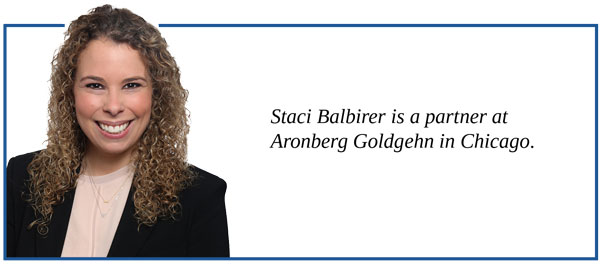
Reach her at sbalbirer@agdglaw.com or 312-755-3145.


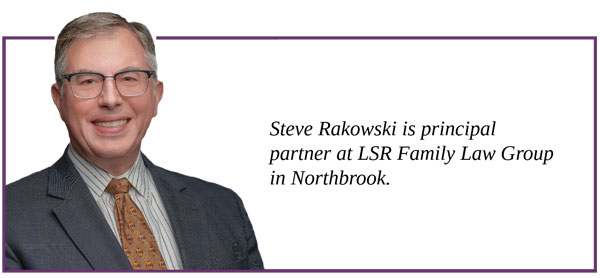

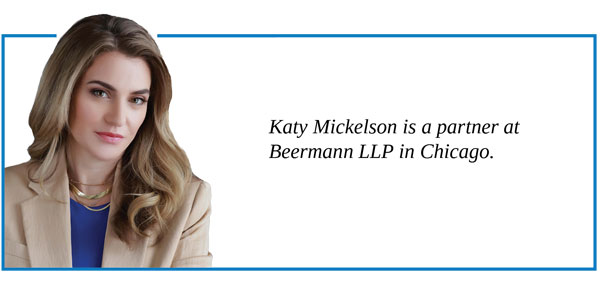


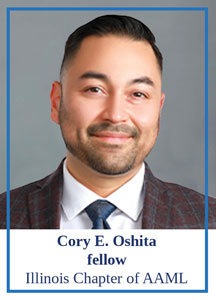 Why did you apply to become a Fellow of the AAML?
Why did you apply to become a Fellow of the AAML?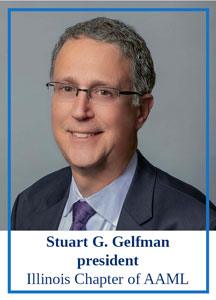
 Why did you apply to become a Fellow of the AAML?
Why did you apply to become a Fellow of the AAML?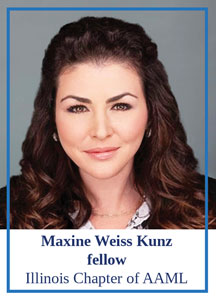 What do you find rewarding about being a Fellow of the AAML?
What do you find rewarding about being a Fellow of the AAML?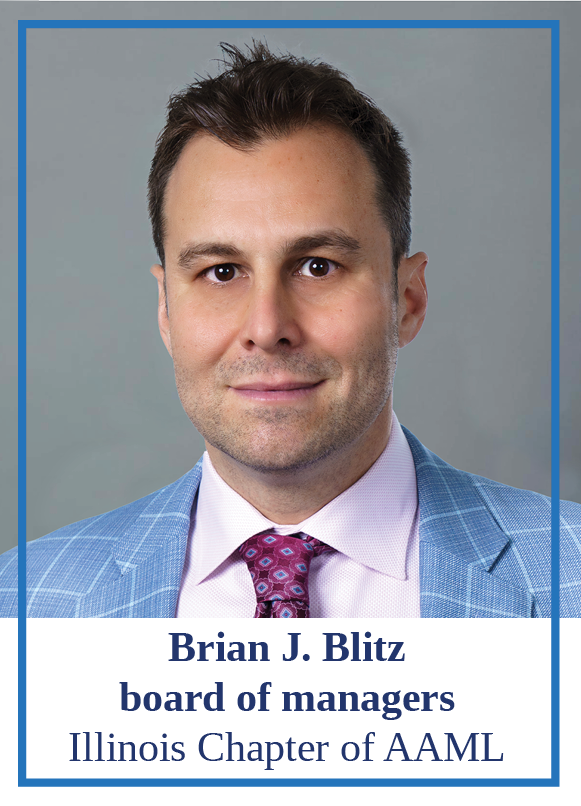 What do you find rewarding about being a Fellow of the AAML?
What do you find rewarding about being a Fellow of the AAML? What do you find most rewarding about being an AAML Fellow?
What do you find most rewarding about being an AAML Fellow?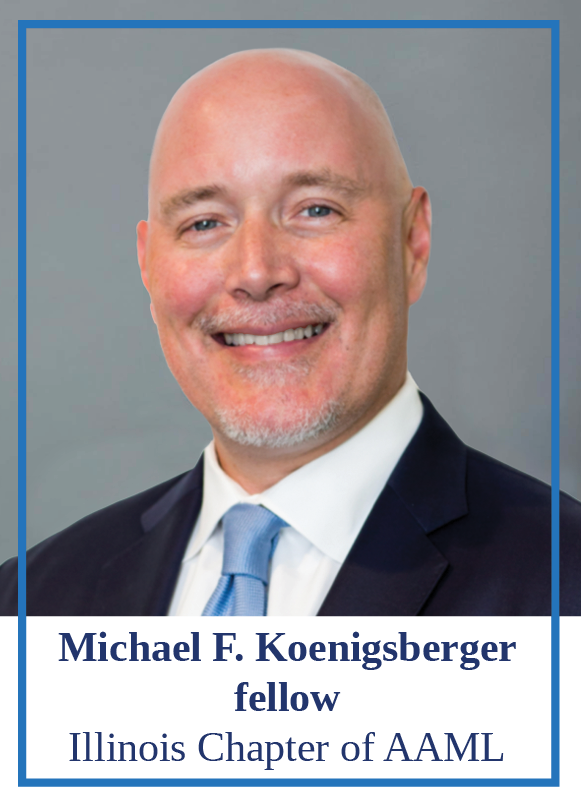
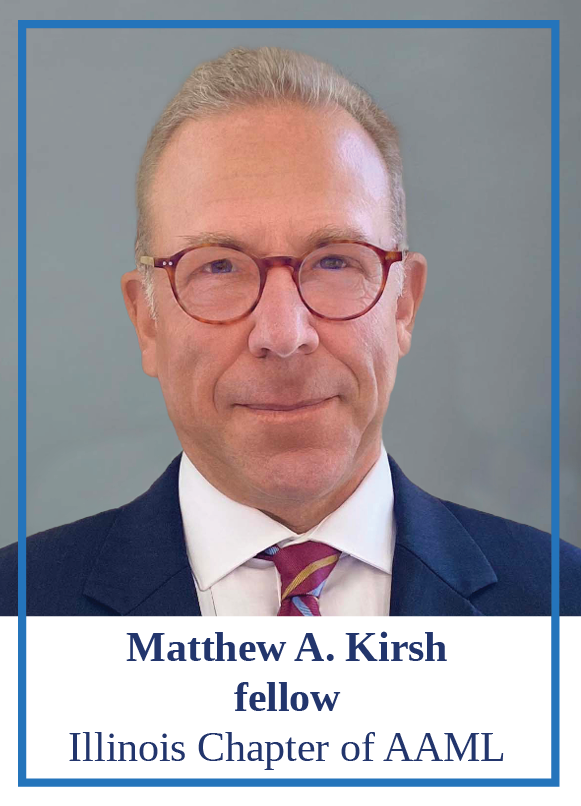


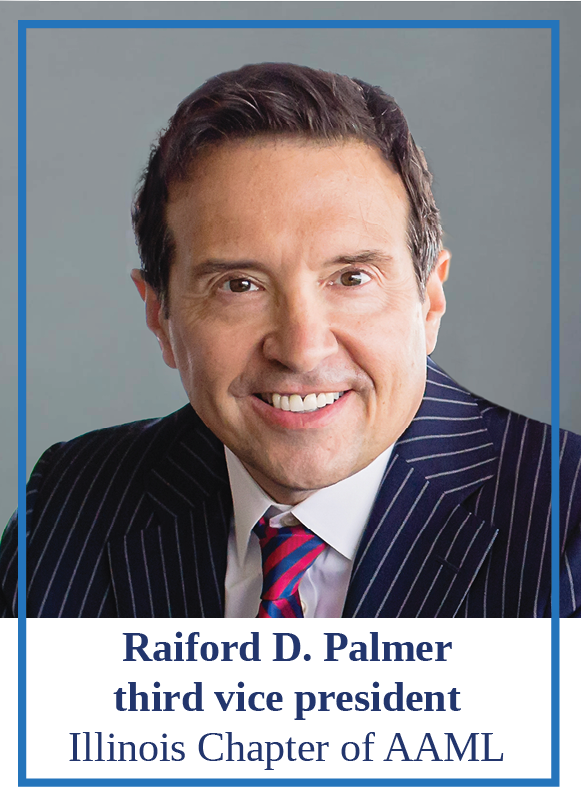 What do you find rewarding about being a Fellow of the AAML?
What do you find rewarding about being a Fellow of the AAML? What are you most looking forward to in the following year, personally and or professionally?
What are you most looking forward to in the following year, personally and or professionally?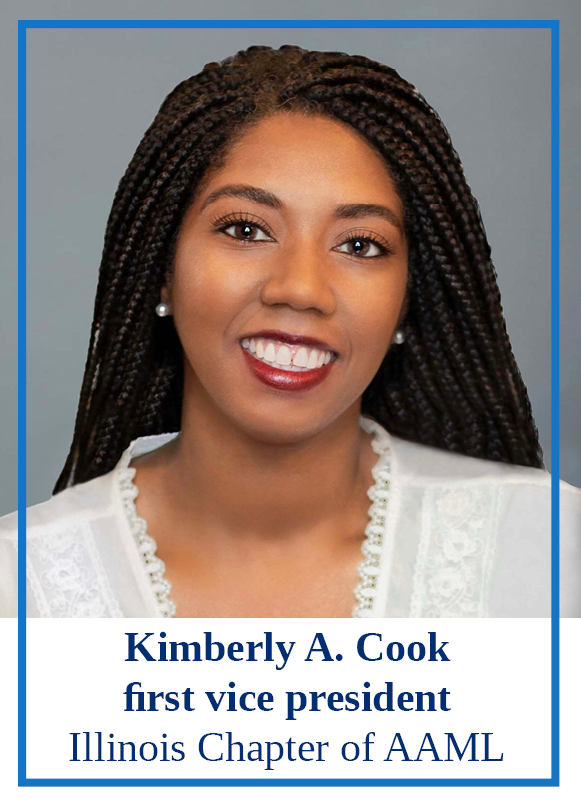
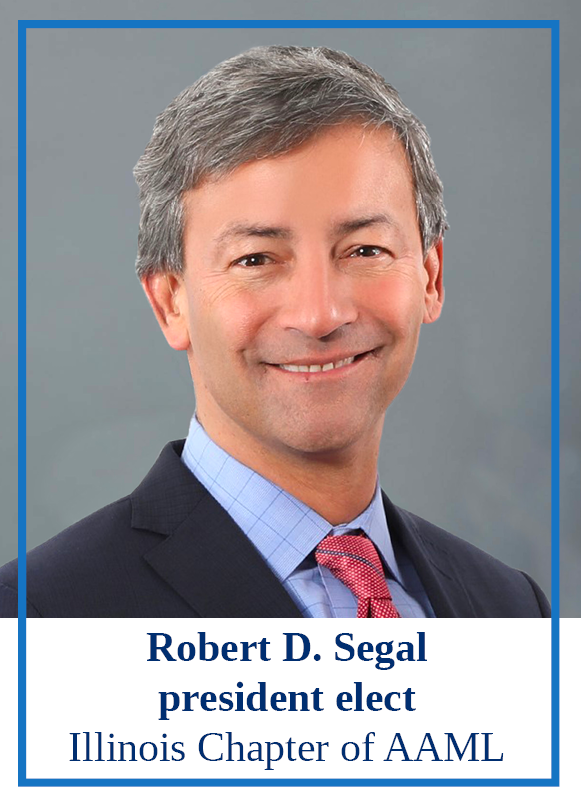

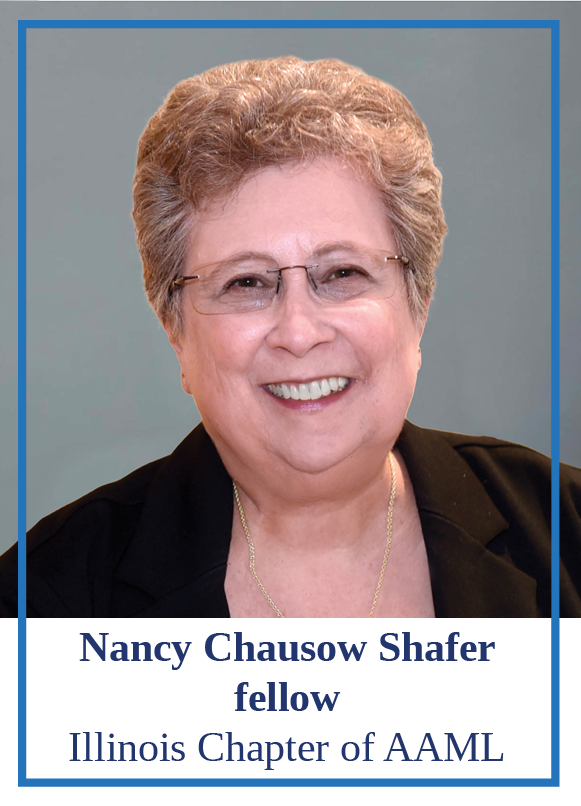 What area of family law do you find most interesting?
What area of family law do you find most interesting?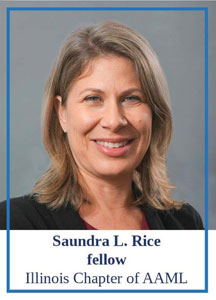 Why did you apply to become a Fellow of the AAML?
Why did you apply to become a Fellow of the AAML?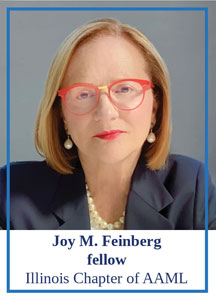 Why did you apply to become a Fellow of the AAML?
Why did you apply to become a Fellow of the AAML?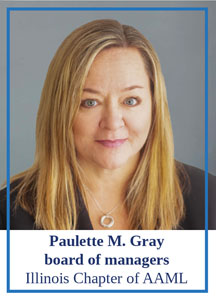 Why did you apply to become a Fellow of the AAML?
Why did you apply to become a Fellow of the AAML?